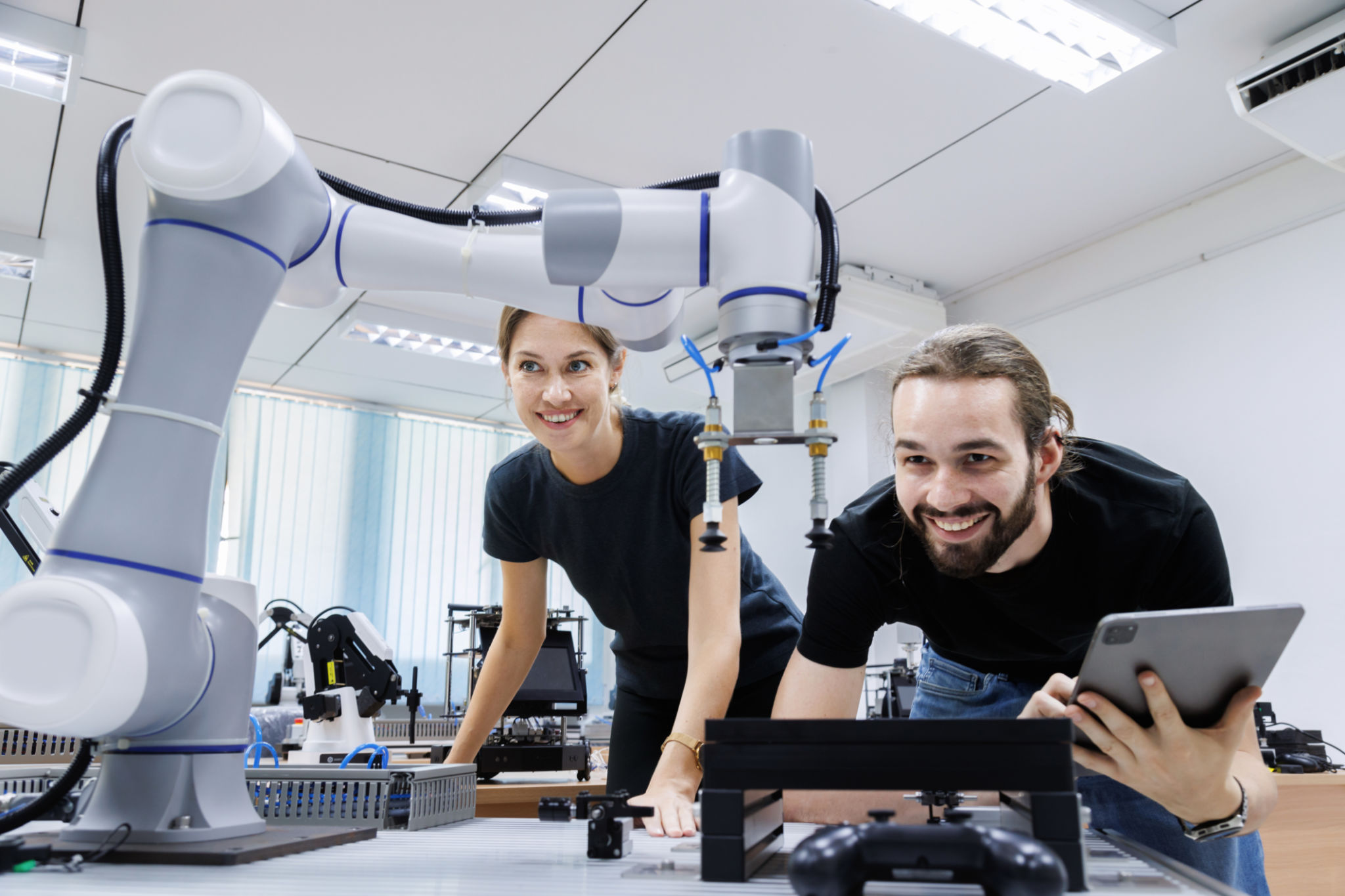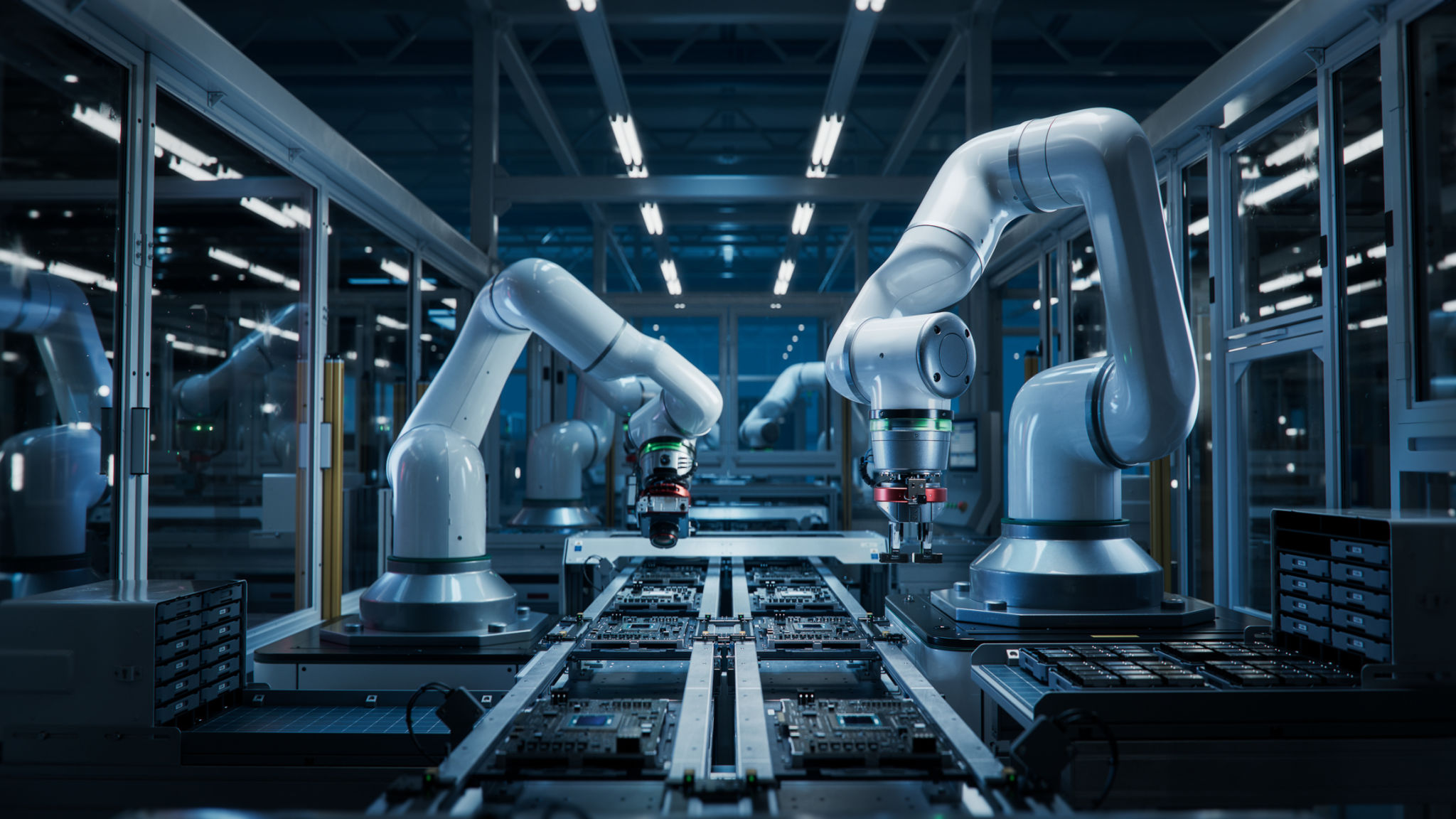A Deep Dive into Robotics Automation: Innovations from the ASEAN Region
Introduction to Robotics Automation in ASEAN
The ASEAN region is rapidly becoming a significant player in the field of robotics automation. With nations like Singapore, Malaysia, and Thailand investing heavily in technology, the region is poised to lead innovative advancements in this dynamic sector. As industries strive for more efficient operations, robotics automation emerges as a solution to meet these demands.
In this blog post, we will explore the latest innovations in robotics automation within the ASEAN region, highlighting key technologies and their implications for various industries. From manufacturing to healthcare, ASEAN's contributions are reshaping the future of automation.

Innovations Driving Change
Robotics in Manufacturing
Manufacturing is one of the primary sectors where robotics automation has made a significant impact in the ASEAN region. Countries like Malaysia have integrated advanced robotics to streamline production lines, increasing both efficiency and precision. These innovations are not only reducing human error but also allowing for 24/7 production capabilities.
A noteworthy development is the use of collaborative robots, or cobots, which work alongside human workers to enhance productivity. These cobots are designed to be safe and easy to program, making them ideal for small and medium-sized enterprises looking to automate without extensive capital investment.

Healthcare and Service Robots
Another area where robotics is making waves in ASEAN is healthcare. In Singapore, service robots are being deployed in hospitals to assist with tasks such as patient transportation and medication delivery. These robots help reduce the workload on healthcare professionals, allowing them to focus on more critical tasks.
The use of robots in healthcare is not limited to service functions; surgical robots are also gaining traction. These robots offer enhanced precision during operations, reducing recovery times and improving patient outcomes. The ASEAN region's commitment to integrating such technologies underscores its role as a leader in healthcare innovation.

Challenges and Opportunities
Overcoming Barriers
Despite these advancements, the ASEAN region faces several challenges in fully realizing the potential of robotics automation. One of the primary hurdles is the need for skilled labor to operate and maintain these advanced systems. Many countries are investing in education and training programs to address this gap, ensuring a future-ready workforce.
Additionally, there are concerns about the initial costs associated with implementing robotic systems. While long-term savings are significant, the upfront investment can be a deterrent for smaller enterprises. However, government incentives and subsidies are being introduced to encourage adoption across various sectors.
Future Prospects
The future of robotics automation in ASEAN looks promising, with continuous advancements expected in artificial intelligence and machine learning. These technologies will further enhance the capabilities of robots, making them smarter and more adaptable to complex tasks.
As ASEAN continues to invest in research and development, we can anticipate breakthroughs that will not only benefit local economies but also set global benchmarks for robotics automation. The region's proactive approach ensures that it remains at the forefront of technological innovation.

Conclusion
The ASEAN region's strides in robotics automation are a testament to its commitment to technological advancement. By embracing innovation across various industries, ASEAN is paving the way for a more efficient and productive future. As we look ahead, the potential for growth and development in this field remains vast, promising exciting opportunities for businesses and individuals alike.
